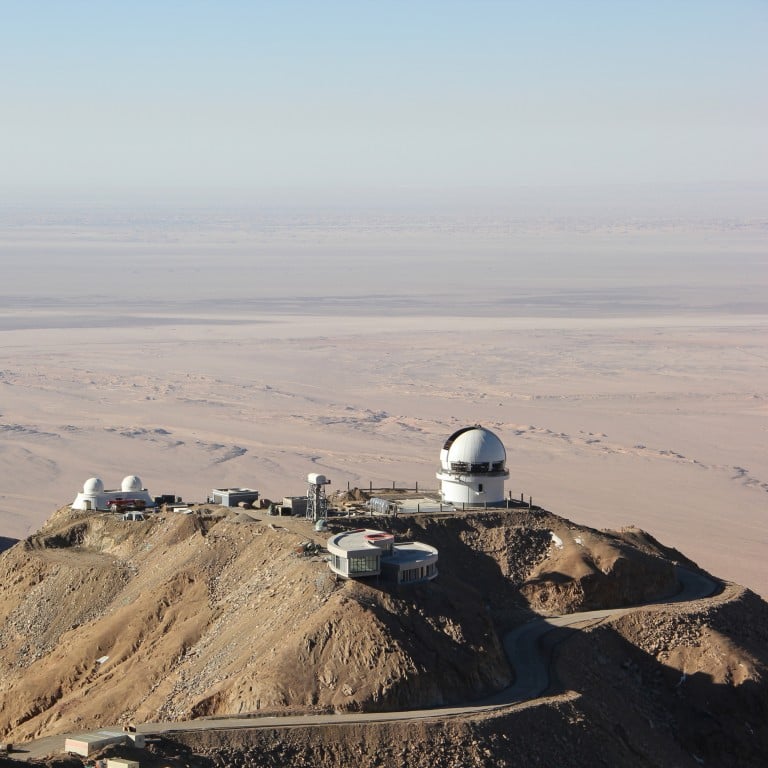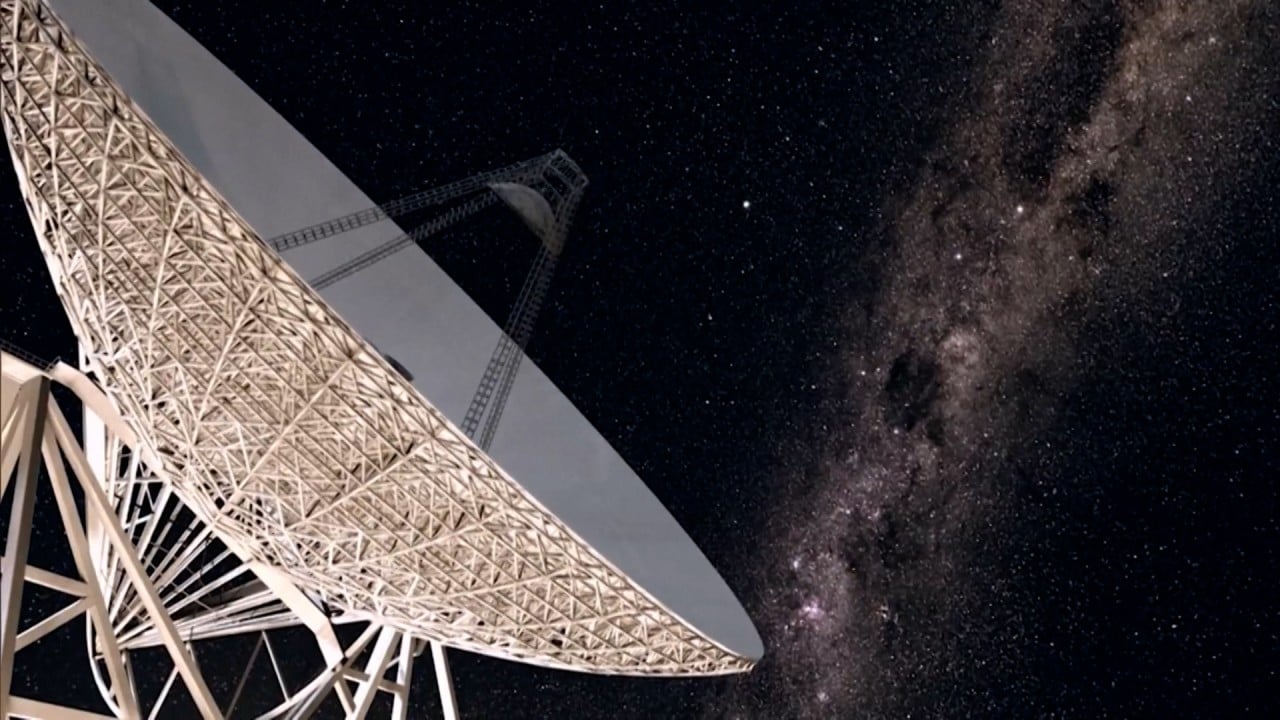
China’s trailblazing US$31 million Mozi telescope ready to train giant eye on night sky
- The northern hemisphere’s most powerful wide field survey device is expected to be fully operational by mid-September
- The telescope’s mission is to precisely map the Milky Way and scan the universe for exploding supernovas and other extreme events
With a main mirror 2.5 metres (eight feet) in diameter, the 230 million yuan (US$31 million) optical telescope will scan the dynamic night sky and track how objects change over time.
Goals for the telescope, jointly developed by researchers from the University of Science and Technology of China and the Purple Mountain Observatory, include monitoring near-Earth objects and searching for extreme events in the universe, such as the formation of stars and galaxies.
Telescope engineer Lou Zheng from the Purple Mountain Observatory told CCTV that while the team is still optimising its imaging quality and improving tracking performance, “commissioning has already started”.
“Once fully operational, [the telescope] will be able to detect signals from extremely faint and distant celestial bodies, including galaxies and galaxy clusters far, far away from the Milky Way,” he said.
China blazes a trail to the stars with Asia’s largest observatory
Saishiteng Mountain’s dry, stable air creates excellent stargazing conditions, similar to the clear skies over the Hawaiian mountains and Chilean deserts. It is the only world-class astronomical site in the eastern hemisphere.
The Mozi Survey Telescope is one of more than 40 telescopes, ranging from 0.5 metres to 6.5 metres (1ft 7 ins – 21ft 4 ins) in diameter, taking shape on the mountain, with a combined cost of 2.7 billion yuan (US$366 million).
These include a one metre (3ft) solar telescope and a multi-application survey array made up of 20 telescopes, each with a 70cm (27.5 ins) diameter, which have already been completed.
In addition, Tsinghua University, Peking University and Shanghai Jiao Tong University are building general purpose optical telescopes at the site.
With a field of view of 6.5 square degrees – 26 times the size of a full moon – the Mozi Survey Telescope will be able to monitor extremely rare and violent events in the universe, its development team said.
According to a paper published in December by the peer-reviewed journal Universe, the Mozi telescope will be able to detect tens of thousands of supernova explosions, triggered by the collapse of dying stars.
During each year of its six-year survey period, the telescope is also expected to find hundreds of tidal disruption events, where a star moves too close to a supermassive black hole and gets torn apart.
The team said the findings would contribute to a better understanding of the life and death of stars and shed light on how black holes form and evolve.
The researchers are also aiming for a better understanding of the kinematic evolution of the solar system. The Mozi telescope will precisely map the structure of the Milky Way and study further reaches of the universe, they said.
Supermassive black hole at heart of Milky Way revealed for the first time
In addition, the Mozi telescope will work with China’s space telescopes, currently in development, including the Einstein Probe and the Chinese Space Station Telescope, to conduct multi-wavelength surveys.
The Mozi telescope’s wide field of view has been made possible by the rapid advancements in digital imaging technologies which began in the 1990s, with the development of charge-coupled device (CCD) sensors that break the image elements into pixels.
For a long time since their invention about 400 years ago, telescopes were limited to a very small field of view. Their observation scopes covered only a tiny section of the sky, making the chances of looking in the right place at the right time remote.
By using a CCD that captures images by converting photons to electrons, the technology makes it possible to detect the changes taking place in the night sky on a timescale of between a few seconds and years.


